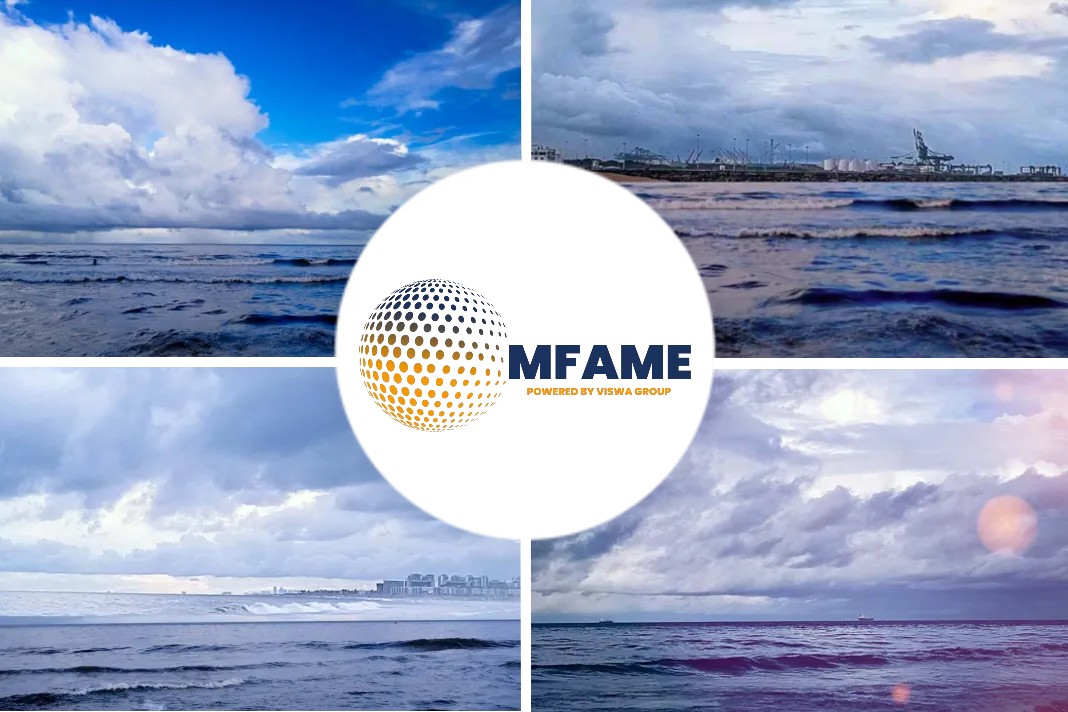Reducing operating costs is one of the main concerns of shipping industry. To help ship owners and operators boost the energy efficiency of their vessels, Deltamarin has since day one strongly focused on Energy and Environmental Efficiency (EEE). By applying Deltamarin’s new smart simulation tool, several items with a significant fuel saving potential (3-6% of total fuel costs) can be found.
The “EEE” ship design process includes several dimensions, such as practical design tools for modelling the energy consumption, a consistent follow-up method of the performance indicators and a bunch of useful project practices that enable taking the design ideas and results and implementing them in real life. Energy flow modelling is at the heart of the EEE work, and Deltamarin has recently developed a new-generation design tool for this purpose.
The tool itself is a highly flexible, dynamic simulation platform at system level that can accept data in almost any format and at various levels of precision. Such flexibility is required, since the energy models are configured for various purposes. Examples of these are simple machinery or system studies for concept projects or feasibility evaluations of a new product or process for retrofit studies. It is also possible to establish follow-up of the key performance indicators of a ship from the feasibility stage to a detailed level of design within the same model, continuing with operational follow up.
Screen shot of the “dashboard” of the energy flow simulator.
The roots of developing energy flow modelling are in the energy balance calculation that began as early as the 1990s at Deltamarin, but the current simulation tool development was started a couple of decades later. Even though the current tool is a result of Deltamarin’s in-house development, the basis for the methods and the platform for the simulation tool were created in two development projects between 2009-2016 in a consortium that included several research institutes and companies within the maritime industry.
Auxiliary cooling system model of a bulk carrier ship resulting in 4% fuel saving potential with a smart cooling pump arrangement.
Deltamarin is constantly developing its design tools and following state- of-the-art technologies that can be utilised for boosting ship energy efficiency. Even though passenger vessels are currently a strong focus group, the simulation platform has been utilised for various ship types and numerous applications, as the figures here illustrate.
Utilising a specific hybrid module as a part of a ship system-level simulation, a ro-pax ship resulted in approximately 4% fuel savings on the ship’s actual operating route. Various configurations were simulated for evaluating the most feasible battery arrangement.
Utilising a specific hybrid module as a part of a ship system-level simulation, a ro-pax ship resulted in approximately 4% fuel savings on the ship’s actual operating route. Various configurations were simulated for evaluating the most feasible battery arrangement.
The latest development efforts at Deltamarin with the simulation models are strongly focused on developing the waste heat recovery system. The solutions in this field are not only limited to the processes utilising waste heat, such as Organic Rankine Cycles, various turbines for exhaust gases or steam or absorption chillers; the heat recovery and production equipment must also be considered, such as boilers, heat exchangers in the diesel engine cooling water systems and even heat pumps. The improvement potential in ship fuel consumption with the waste heat recovery technologies available today could reach 4-6%, even with the primary machinery consisting of the most efficient (dual-fuel) diesel engines on the market. Reaching this goal or an even higher saving potential requires, however, taking a holistic view of all heat processes in the ship.
Example result of Deltamarin’s simulation tool: Sankey diagram of the fuel energy distribution in a case ship before applying solutions for converting waste heat to electricity, based on the ship’s real operating profile and chosen equipment.
Example result of Deltamarin’s simulation tool: Sankey diagram of the fuel energy distribution in a case ship before applying solutions for converting waste heat to electricity, based on the ship’s real operating profile and chosen equipment.
Improvement suggestions for an existing system require a fundamental understanding of the waste heat recovery and energy “potential” in the various ship heat flows. Therefore, the latest version of the simulation tool includes a new feature: efficiency analysis of heat utilisation. The analysis method, unlike the traditional energy balance, is based on the second law of thermodynamics. This analysis method helps in identifying the improvement potential in the heat systems, and ultimately helps in identifying the best sources of converting waste heat into electricity.
For a successful project, it is important to do the right things at the right time. The concept design phase is particularly crucial, since the most important choices regarding ship energy efficiency are made during this early phase. The challenge in this case is often the limited time and rough level of information to base the decisions on. The developed energy flow modelling and analysis tools enable the devising of solutions in a short time that are not only energy- and environmentally-efficient but also cost-efficient.
Did you subscribe for our daily newsletter?
It’s Free! Click here to Subscribe!
Source: Deltamarin



























